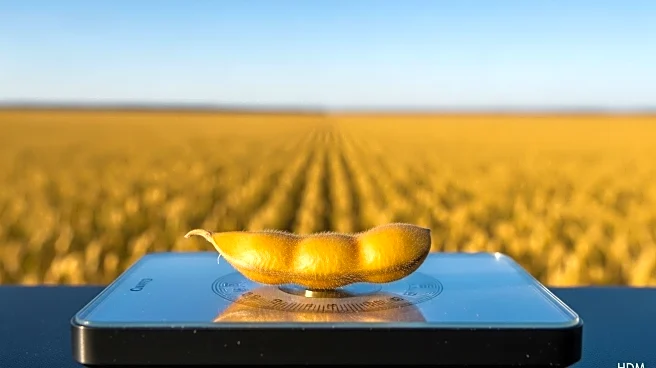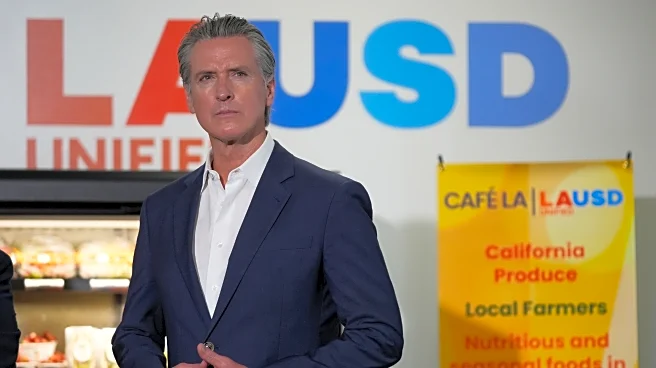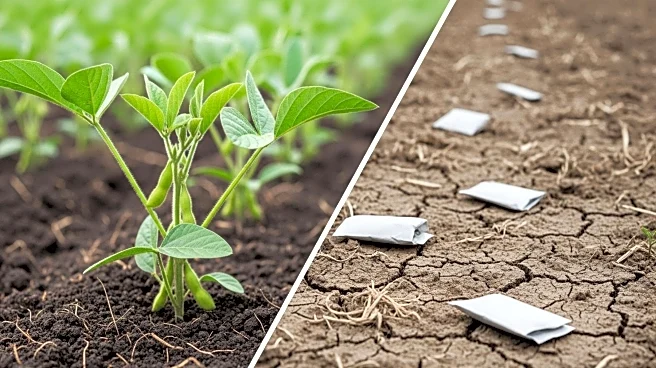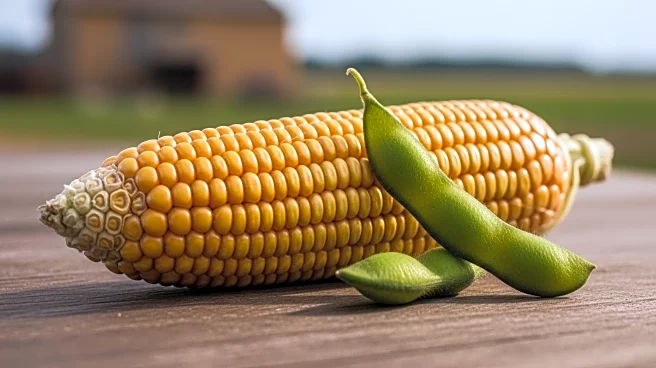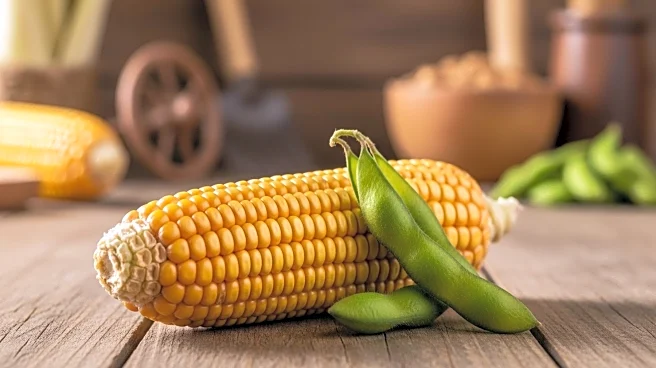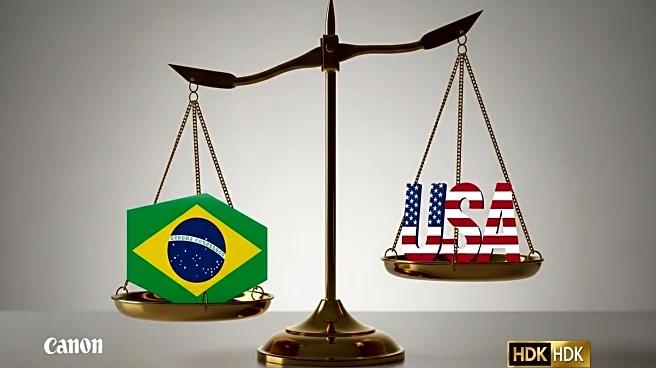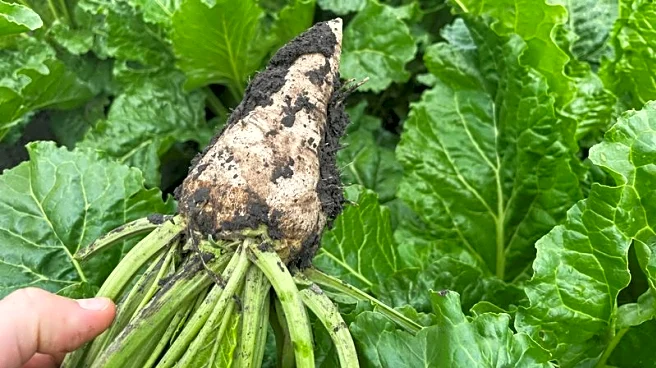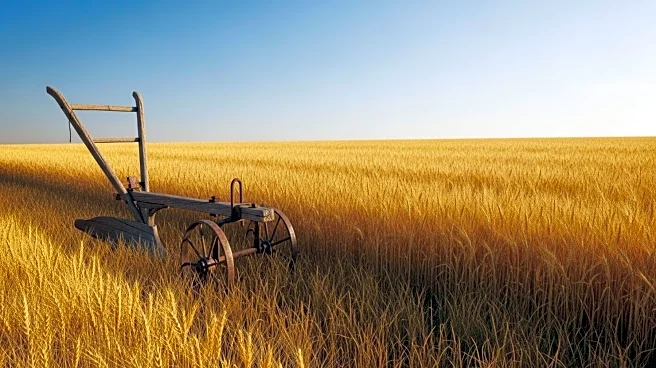What's Happening?
The USDA has released a report analyzing the cost competitiveness of U.S. corn and soybean farmers compared to their Brazilian counterparts. The report indicates that U.S. farmers benefit from lower costs for fertilizers and chemicals, paying 10% less for corn and 45% less for soybean fertilizers than Brazilian farmers. However, U.S. soybean farmers face higher seed costs, paying approximately one-third more per bushel than Brazilian farmers. This disparity is attributed to differences in intellectual property enforcement and economies of scale in Brazil. The report underscores the need for U.S. farmers to address these cost challenges to maintain competitiveness in global markets.
Why It's Important?
The findings of the USDA report are significant for U.S. agriculture as they highlight areas where American farmers have a competitive edge and where they face challenges. Lower input costs for fertilizers and chemicals provide U.S. farmers with a cost advantage, potentially enhancing profitability and market competitiveness. However, the higher seed costs for soybeans could impact the ability of U.S. farmers to compete globally, especially as Brazil continues to expand its agricultural output. Addressing these cost disparities is crucial for sustaining the U.S. position in the global soybean market, which is vital for the agricultural economy.
What's Next?
The USDA report suggests that U.S. soybean farmers need to explore strategies to reduce seed costs, such as negotiating better terms with seed suppliers or advocating for policy changes that could lower intellectual property enforcement costs. Additionally, U.S. farmers may need to focus on enhancing productivity and efficiency to offset higher seed costs. Stakeholders, including policymakers and industry leaders, are likely to engage in discussions to identify solutions that can bolster U.S. competitiveness in the global agricultural market.
Beyond the Headlines
The report raises broader questions about the role of intellectual property rights in agriculture and their impact on cost structures. The ability of U.S. farmers to save and replant seeds is restricted by contracts, unlike in Brazil, where fewer restrictions exist. This difference highlights the need for a balanced approach to intellectual property that supports innovation while ensuring fair competition. The report also points to the potential for U.S. farmers to leverage their advantages in infrastructure and technology to enhance competitiveness.

